Yves Saint Laurent and Pierre Bergé: A tale of two cities?
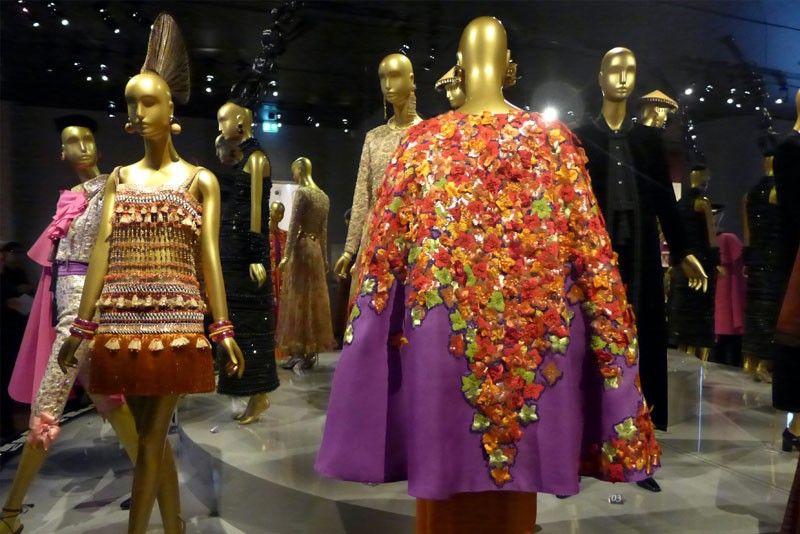
Yves Saint Laurent and Pierre Bergé opened a couture house at 30B Rue Spontini in 1962 and, when business flourished, moved it to 5 Avenue Marceau in 1974.
In 2002, after the YSL haute couture house closed, the property became the Fondation Pierre Bergé, whose primary mission was to conserve and promote Saint Laurent’s work.
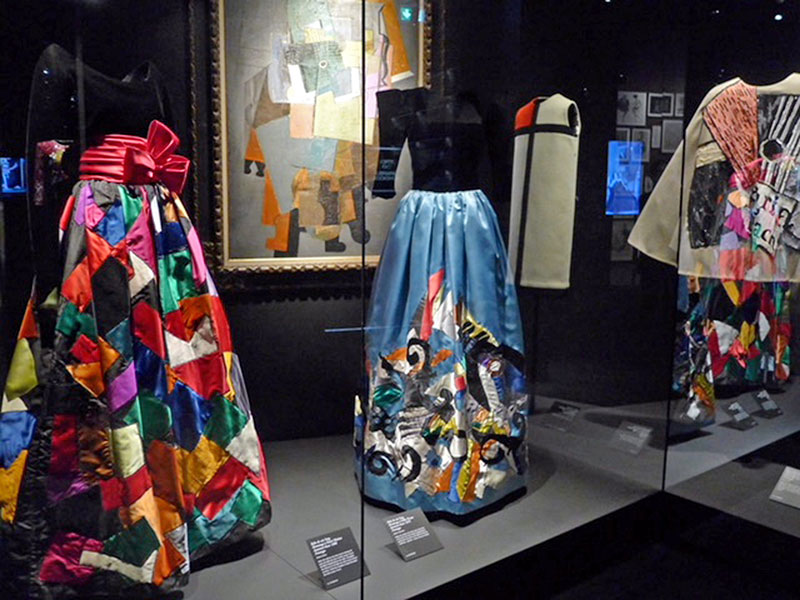
Long gowns as homages to Henri Matisse, fall/winter 1980 (left), and Pablo Picasso, fall/winter 1979 (right)
Saint Laurent himself decided to set aside certain designs after each show. These clothes were not sold, but were kept in special storerooms. This amazing collection, composed of thousands of designs, complete with documents related to their creation, is without equal (5,000 haute couture, 1,000 Saint Laurent Rive Gauche garments, and 5,000 accessories). Today, the haute couture house is officially a “Musee de France,” an honor so well-deserved.?
Saint Laurent died in 2008 and Bergé recently passed away in 2017.?
Yves Saint Laurent, indeed, was a genius, but his creativity could only succeed with the management provided by his business partner, Pierre Bergé. Their unique relationship was described by Saint Laurent as “that great eagle with two heads who navigated the seas, transcended boundaries, and invaded the world with its unparalleled scope — that was us.”

Majorelle Garden, Marrakech: 300 species of plants were used to rehabilitate the garden after it was bought by Yves Saint Laurent and Pierre Bergé, respecting the vision of artist and passionate botanist Jacques Majorelle.
Together they also amassed one of the world’s most important private art collections, auctioned off by Bergé in 2009, in the “sale of the century,” to fund a new foundation for AIDS research. He said that, without Saint Laurent, the objects had lost their meaning.
A visit to the museum shows an intimate review of Yves Saint Laurent’s story, as guests walk where he walked. And worked.?
Saint Laurent’s studio was the heart of the haute couture house for almost 30 years. In contrast with the formal salons where models showed the clothes to customers, his studio provided the atmosphere he needed to create: a bright, quiet, neutral space with a mirrored wall. The designer studied the model’s reflection in the mirror, which offered the necessary distance for evaluating a garment?
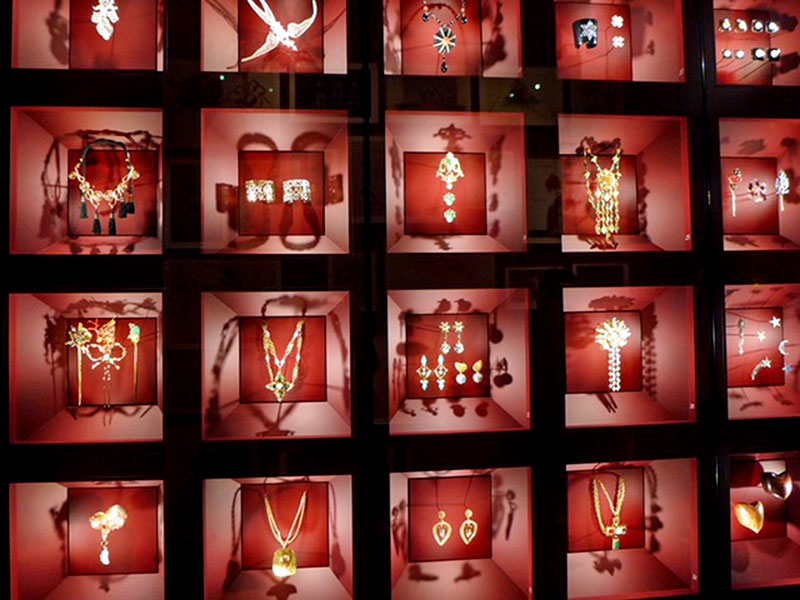
Accessories were an important element in the Saint Laurent collections. This wall cabinet takes one’s breath away.
Bookshelves contained the publications that inspired him. He worked on his very simple desk: just a board supported by two trestles, decorated with his favorite souvenirs and pencils.?One can only drool with desire at the meticulously beaded gowns, sleek jackets, and to-die-for accessories on display.
Saint Laurent’s signature style borrows from menswear adapted to a woman’s body: the iconic “Le Smoking” jacket. He kept the cut and comfort, but adjusted them to make a woman feel elegant and confident — freed from restrictions. Throughout his career, he continuously reinterpreted what he created in 1970, the year of women’s lib.?
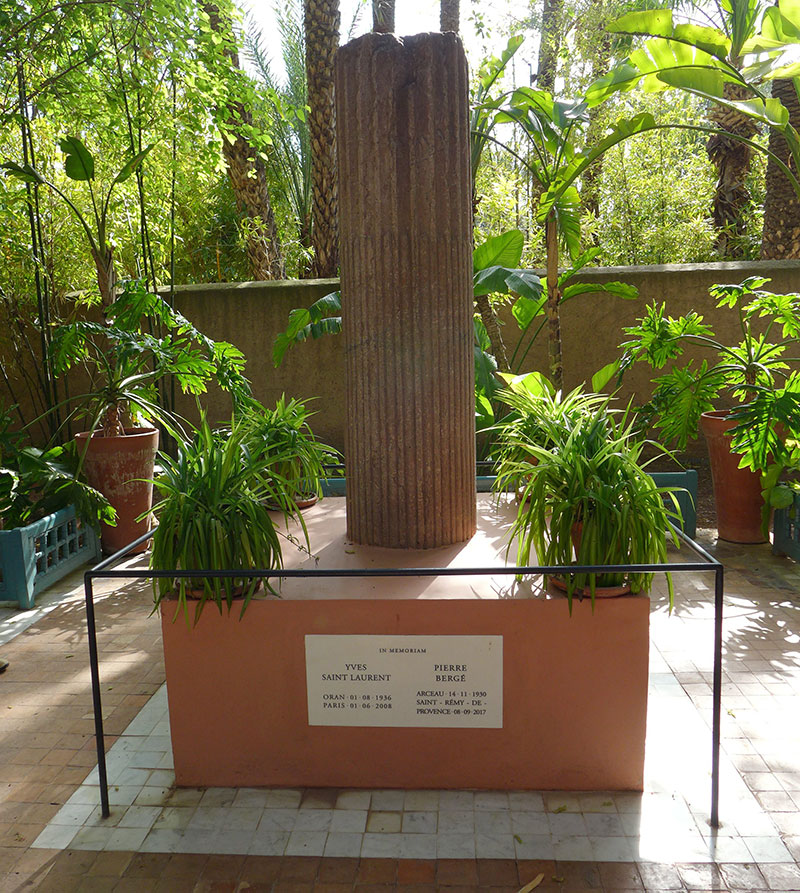
Saint Laurent’s ashes were scattered in the rose garden and this memorial was built to honor him. After the death of Bergé, his name was added to the memorial. His words speak of their symbiotic partnership: “ But I also know that I will never forget what I owe you and that one day, I will join you under the Moroccan palms.”
Saint Laurent did countless sketches in Morocco, a source of refuge and unlimited inspiration. He and Bergé discovered the Majorelle Garden on their first visit to Marrakesh and bought it in 1980 to prevent a hotel complex from being built in its place. They rehabilitated the property with 300 species of plants, respecting the vision of artist and passionate botanist Jacques Majorelle, who started to plant a garden in 1923.
The Berber Museum in the former house of Majorelle exhibits the couple’s collection of artifacts honoring the legacy of the major ethnic race of Morocco. There are two outstanding colors in the garden: countless shades of green from different plants and cacti and the intense blue of the museum and the fountains, called “Majorelle blue.”

The “Heart” was one of Saint Laurent’s emblematic jewelry pieces: Created in 1962 by the House of Scemama, it served as a talisman for his haute couture and ready-towear fashion shows, worked into a specific design or worn by a model whom Saint Laurent himself chose.
Saint Laurent’s ashes were scattered in the rose garden and a memorial was built to remember him. Bergé said at the funeral service: “But I also know that I will never forget what I owe you and that one day I will join you under the Moroccan palms.” (After Bergé’s death, his name was added to the memorial).?
To further honor the designer, the street in front of the garden and the Yves Saint Laurent Museum was renamed Rue Yves Saint Laurent.?
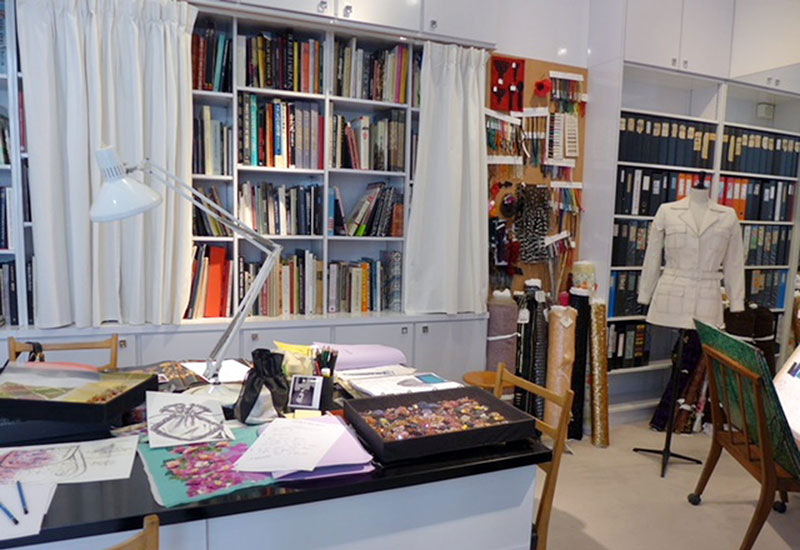
The bookshelves contain the publications that served as his main source of inspiration. Fabrics, accessories, and sketches show the intense collaboration with jewelers, embroiderers, other artisans, and his own staff of 200 people, as preparations for a fashion show were made.
The YSL Museum houses a small collection of gowns inspired by the colors and culture of Morocco, which he fused with his creative work in Paris.
After having been to both museums, one leaves with an understanding of his emotional palette and his dedication to beauty. Indeed, for over 40 years, he worked with his team of 200 people and, with Bergé, had an “admirable apparatus” that made him one of the greatest designers of the 20th century.?
* * *
Tell me where to Walk the Talk: cecilialicauco2@gmail.com. Instagram: cecilialicauco2.















